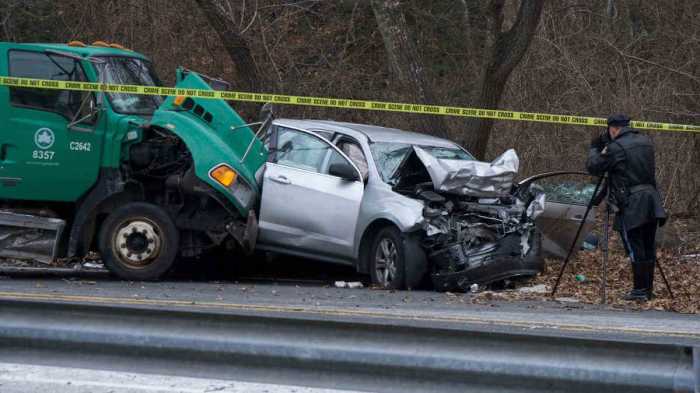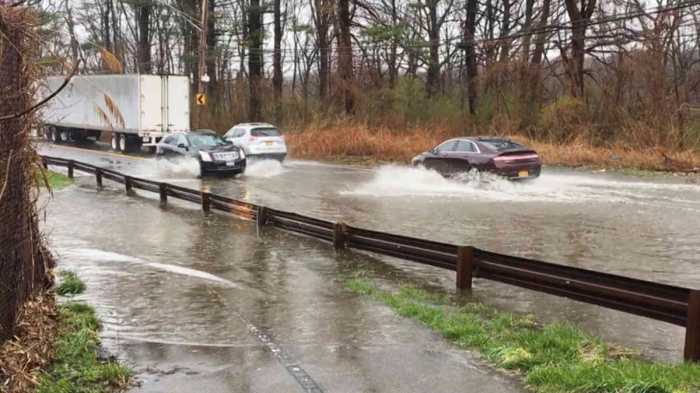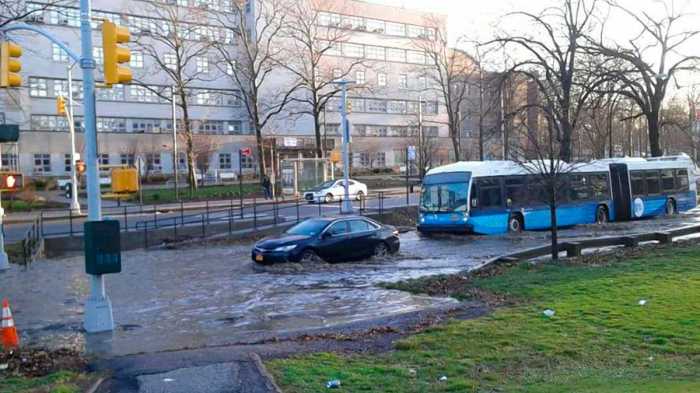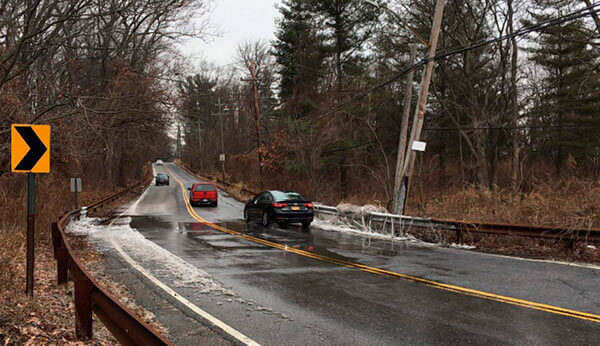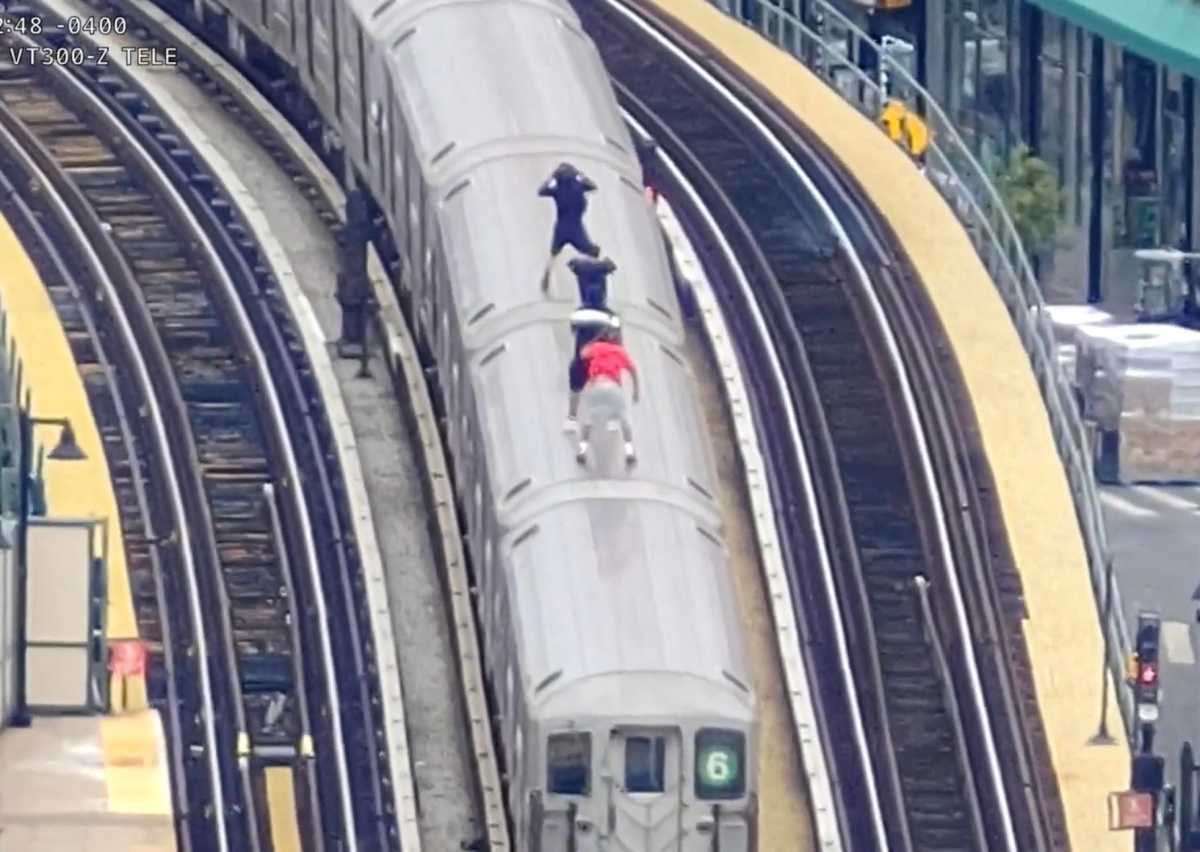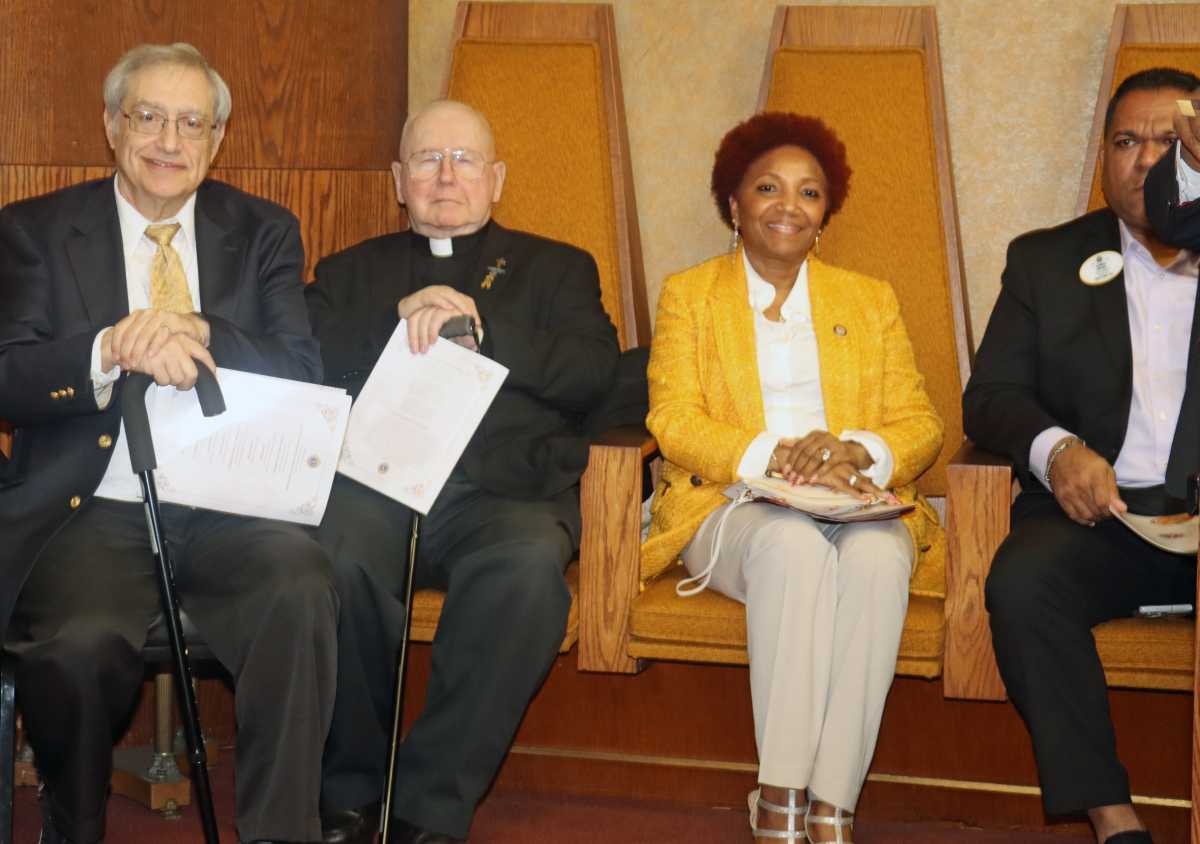New York City’s climate resiliency has been severely tested through major climatic events such as Superstorm Sandy in 2011 and September’s Hurricane Ida. For climate activists, NYC’s coastal communities — including the City Island and Country Club sections of the Bronx — could be further imperiled by rising tides and flood events which are expected to be more commonplace and erratic by 2030, according to climatologists.
Other areas in the Bronx that are at risk of high flooding include Hunts Point, Port Morris and Throggs Neck, according to Waterfront Alliance, an NYC-based climate-focused non-profit organization, and climate activists fear without substantive climate policy and funding that the Bronx’s communities of colors will bear the brunt of adverse climate change.
Researchers with StatesAtRisk, a climate change tracking site, estimate that 431,000 New Yorkers are at risk of coastal flooding, and that number could increase by an additional 228,000 by 2050. However, climate activists believe that President Joe Biden’s $1 trillion infrastructure plan — which was signed into law on Monday and is the largest federal investment in infrastructure in a decade — can help restore infrastructure resiliency in New York City.
Activists also hope that the president’s second piece of his agenda, a $1.75 trillion climate and social spending package that Democrats intend to pass through budget reconciliation will have an even greater impact on communities affected by climate change.
“In order to solve this, it’s critical that oceans and coastal restoration be included in that conversation, which is why we’re so excited about the $6 billion that’s already been committed,” said Lara Croushore, managing director with Urban Ocean Lab, a climate policy research and analysis team. “This is a huge opportunity from an environmental perspective to protect our communities and limit the effects of climate change, but also to create good jobs in our communities.”
In the Biden climate package, an estimated 40% of the funding in the federal government could be allocated to environmental justice communities, which activists say trickles back to the disadvantaged climate-impacted NYC communities who need it most.
“But because of climate change, not only are we getting the storms working at a higher speed, but also at a higher velocity,” said Marquise Stillwell, co-founder of Urban Ocean Lab. “So if you combine that with a lack of information, lack of preparedness, and the speed of the storms, it’s just part of a larger problem. So the funding aspect is crucial.”
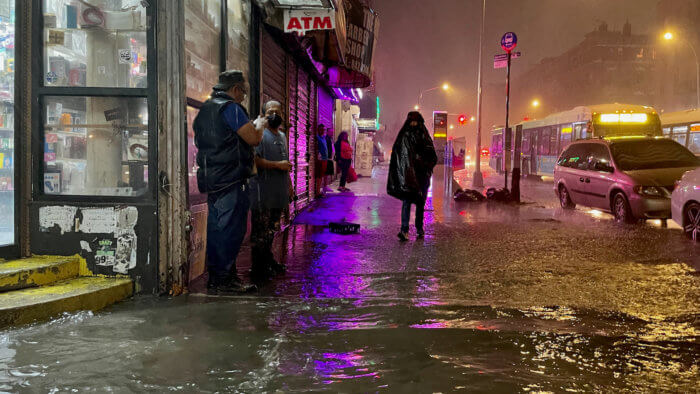
(Photo by David Dee Delgado/Getty Images)
Out of the bill’s trillion-dollar price tag, about $300 billion are reserved for environmentally sustainable projects. Cities and states that have already innovated on their own to try to protect against the worst effects of climate change will get a much-needed boost with the resilience, water, grid and transit appropriations, according to the bill’s language.
Additionally, $11 billion will go to the MTA for subways, buses and rails, such as the four Metro-North sites in the Bronx.
The Bronx faces myriad of challenges when it comes to minimizing the environmental effects of anthropocentric climate change. In addition to flooding concerns, extreme heat is also becoming a threat to Bronxites.
“There is a tremendous amount of flooding that we receive in the Bronx from Ida, with record rainfall in a 24-hour period, but we also need to be thinking about extreme heat, which is now becoming increasingly the number one threat to human health,” Croushore said. “And that is something that we’re seeing in New York City neighborhoods. So resiliency and preparedness need to be across a variety of risk factors.”
The borough is both the most racially diverse area in New York City, but also is home to the poorest congressional district — the 16th District which is home to Fordham, East Tremont and Morrisania — in the nation; U.S. Rep. Jamaal Bowman currently represents that district.
The Bronx is also home to the South Bronx’s Asthma Alley, where residents require hospitalization for asthma at five times the national average and at rates 21 times higher than other New York City neighborhoods.
During the Oct. 10 Bronx Community Board 6 meeting, U.S. Rep. Ritchie Torres, a Democrat who represents the Bronx’s 15th Congressional District that includes portions of the west and South Bronx communities, said the federal infrastructure bill will do a tremendous amount of good to improving quality of life for those areas.
The success of Biden’s bill and steady progress on his climate agenda is a rare win in a polarized political climate, activists say. But once funding is readily available, seeking environmental justice by helping disadvantaged communities wrought by climate change, remains the ultimate goal.
“We need to build on this momentum. The Bronx is a place where we need to focus and we do need to have it this is all these neighborhoods and making sure that when it comes to equity and sustainability,” Stillwell said. “We want (funding) to get to the people. We want to make sure that the people are the center of the film.”
On Nov. 4, Democratic Gov. Kathy Hochul announced that New York state officials will undertake a multiyear study to assess the effects of climate change on communities, the economy and ecosystems.
The report is expected to be completed by 2023.
Reach Robbie Sequeira at rsequeira@schnepsmedia.com or (718) 260-4599. For more coverage, follow us on Twitter, Facebook and Instagram @bronxtimes.


